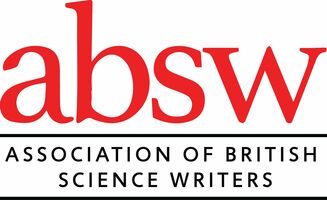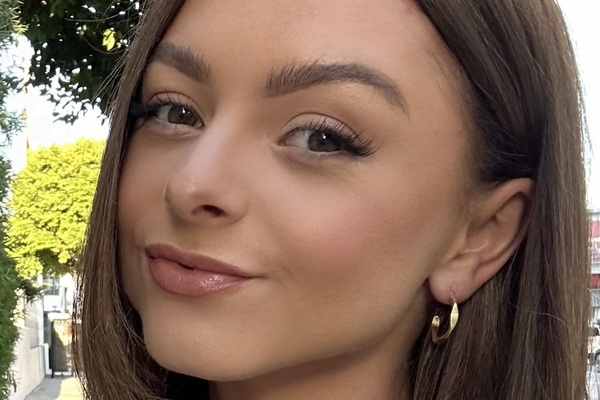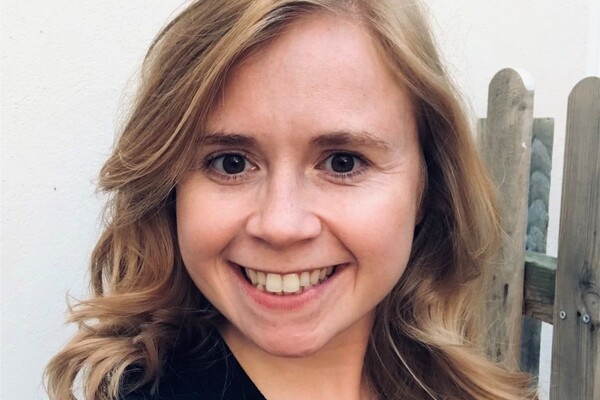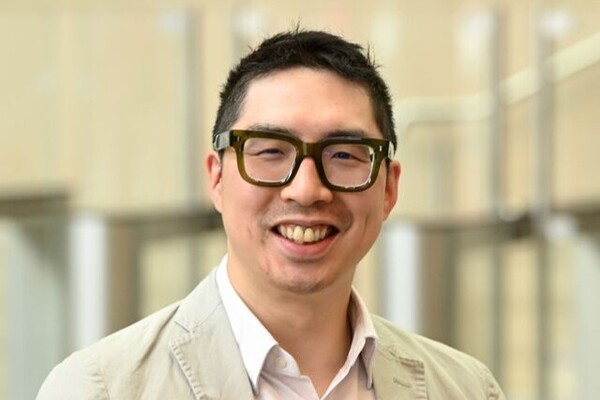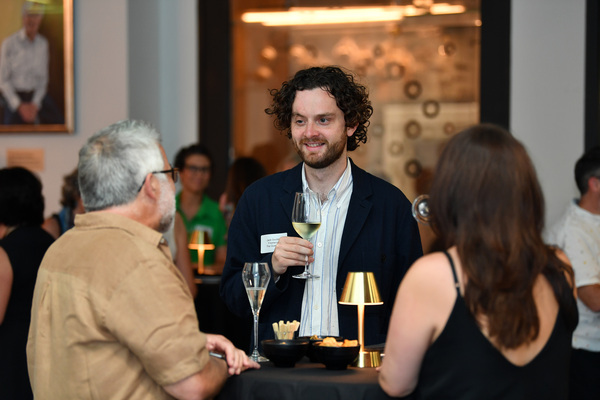Born and bred "up north in Sheffield," in her young career, Molly Coddington has already told several incredible science stories, from the wonders of the brain – "I find the human brain absolutely fascinating," – to exploring the people behind scientific research.
However, pursuing a career in science journalism isn’t always easy if you live outside the UK’s capital city of London. After graduating with a BSc in Neuroscience, Coddington enrolled as a clinical research assistant in the National Health Service (NHS). Whilst she loved having direct contact with patients, that role didn’t satisfy her desire for storytelling. "Helping organise and running clinical trials, I realised that what I loved most was telling the patients about the research behind the trial," she says. Therefore, she freelanced as a science journalist on the side, and when Technology Networks offered her a remote position, she left the NHS and started her dream career.
Five and a half years later, her daily life has changed significantly. "When I first joined Technology Networks, I was a science writer and editor, so my daily routine was writing and sourcing content." Now that she is more senior in her role and was recently promoted to Newsroom Team Lead, “it's actually quite hard to describe a typical day, because no two days are the same," explains Coddington.
Working remotely, she learned to create balance in her day, with mornings focused on catching up with news and working on short-term projects and afternoons more dedicated to long-term content planning and writing. "I also line-manage people now, which is really exciting because that means some days I get to interact with other members of the team and hear about their ideas. This is a really, really fun part of my day."
As many journalists will know, large email inboxes can be a tricky part of the job to navigate. Coddington admits: "Having a million emails can be hard, because there are so many ideas put forward to you – how do you choose which ones to pursue?" But with a well-established system to manage her daily work, Coddington dedicates a specific part of her day to "attacking the inbox": to navigate the emails ocean and sieve out the nuggets of gold.
Accepting that a good science journalist doesn't have to be an expert in every realm of science took Coddington some time. "At first, I used to really put myself under a lot of pressure to try and learn everything, but it just slowed my work down. It also made me nervous going to networking events, because I feared I wouldn't know as much as everybody else. I’m grateful that now, I’m confident in my abilities and I know that I’m capable of heavily researching a topic area when it’s necessary.”
Coddington worked hard to find the right balance in her daily life as a remote worker. "I missed having time in the morning to properly set myself up for the day through a morning commute,” she explains. Now, Coddington wakes up much earlier, goes for a walk or to the gym, and then returns to an office room within her house. “I've become quite good at setting boundaries and maintaining them."
Coddington is still young in her career, though she has built many pearls of wisdom for people approaching this profession. From her experience, Coddington says it is crucial to closely monitor your daily feelings and adjust your work plan for the day based on them, so you can be the most productive version of yourself.
"I qualified to teach yoga a couple of years ago, and since then, I have implemented skills and knowledge from that qualification into my working day. Some days, that's harder to do than others, but putting little meditation breaks into my day works for me."
Her warm, smiling face and the long list of successful pieces in her portfolio are the hallmarks of her guidance. Her successful Teach Me in 10 video series, where weekly guests discuss and teach a scientific concept in less than 10 minutes, is the best example of her dedication towards making complicated topics accessible to everyone. "I am happy with my life, and I feel that I'm at a publication where my ideas and contributions are recognised, and that's great."
Reflecting on her journey so far, Coddington says that success also needs an element of luck sometimes. In her case, the remote opportunity came as she was considering pursuing postgraduate medicine. "Now that I'm a little bit older, I know that would have been a mistake for me, and luckily, it didn't happen."
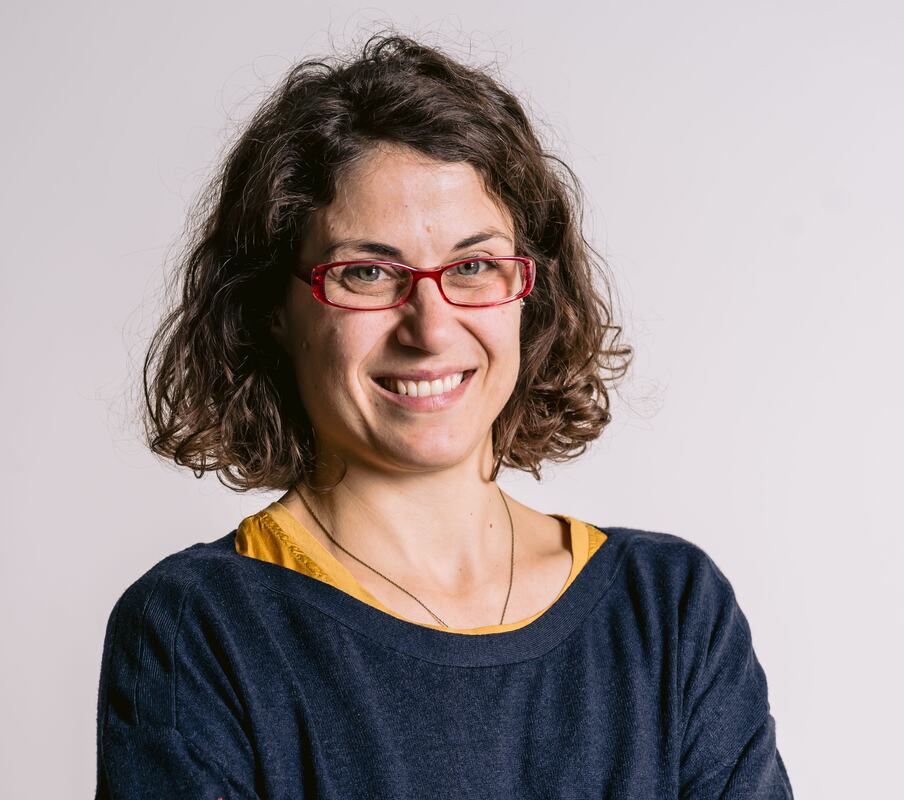
Anna Napolitano is a freelance journalist covering science in all forms, from the inner mechanics of life (and diseases) to the mounting threats to our planet’s environment. Her words appeared in Nature, Dialogue Earth, The Scientist, Physics Magazine and elsewhere. Before writing, she worked in Europe and the UK on the secrets of the immune system and how it reacts to infections. She earned a Postgraduate Diploma in practical science communication from the University of the West of England. You can find her on LinkedIn or Twitter at @anna83nap, or you can contact her via her website.
The Early Career Science Writer Network (ECSWN) is a global community of science media professionals within the first five years of a journalism career. The network offers training and development opportunities for its members and provides an informal space to chat openly with peers at the same level.
The ‘A Day in the Life of’ (ADITLO) series is a collection of profile-type articles chronicling a day in the life of different media roles, written by members of the ECSWN. The scheme provides a valuable opportunity for new journalists to develop interviewing, writing and editing skills while creating a helpful resource which gives those joining the industry an insight into the everyday reality of different science journalism roles.
'A Day in the Life of Peter Ranscombe, Freelance Journalist and Copywriter', by Sahana Sitaraman
